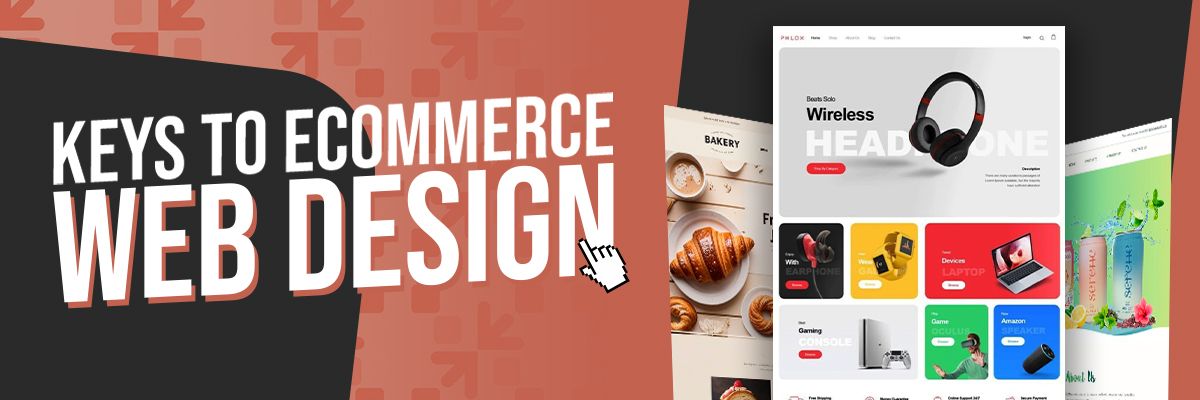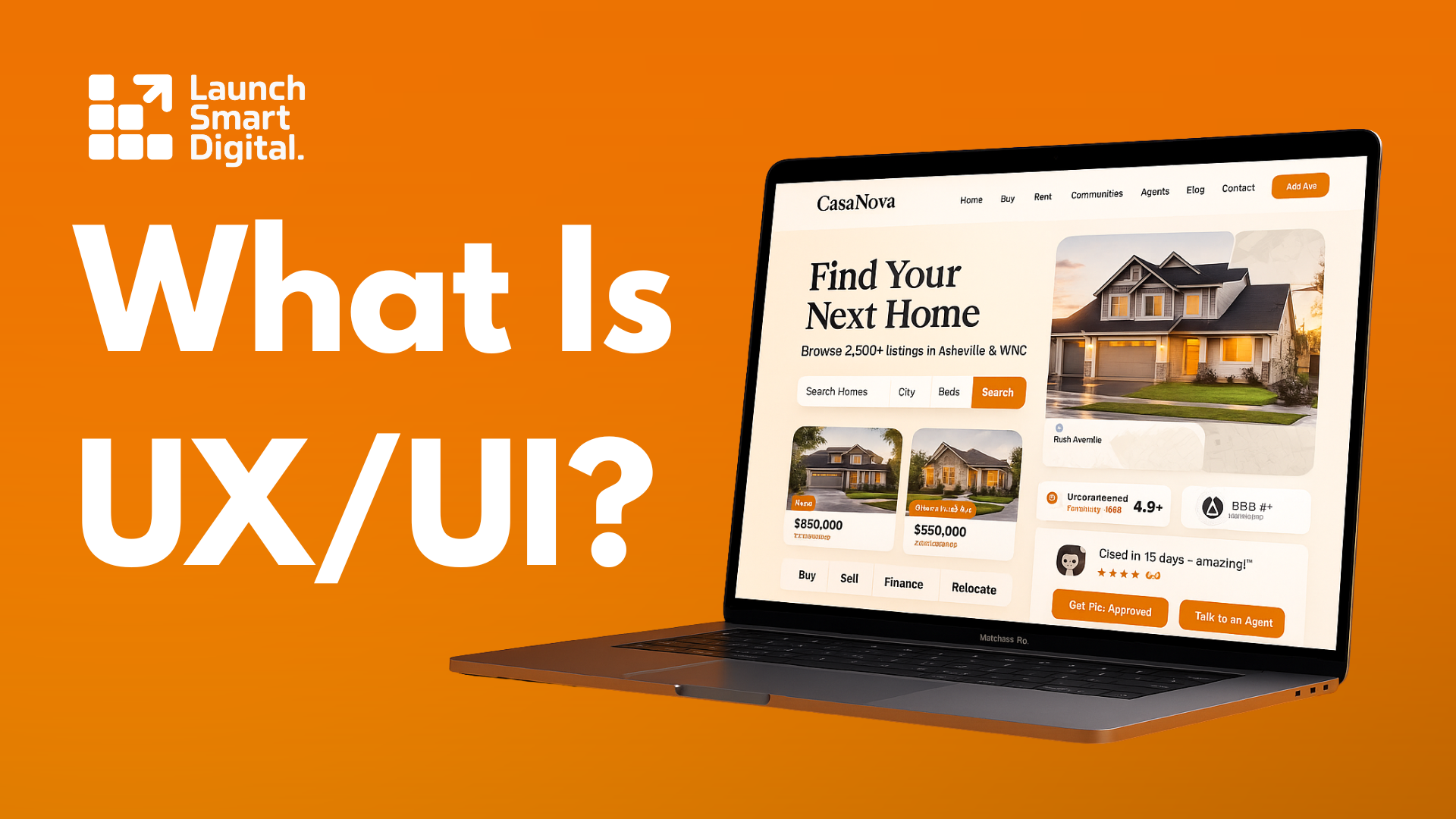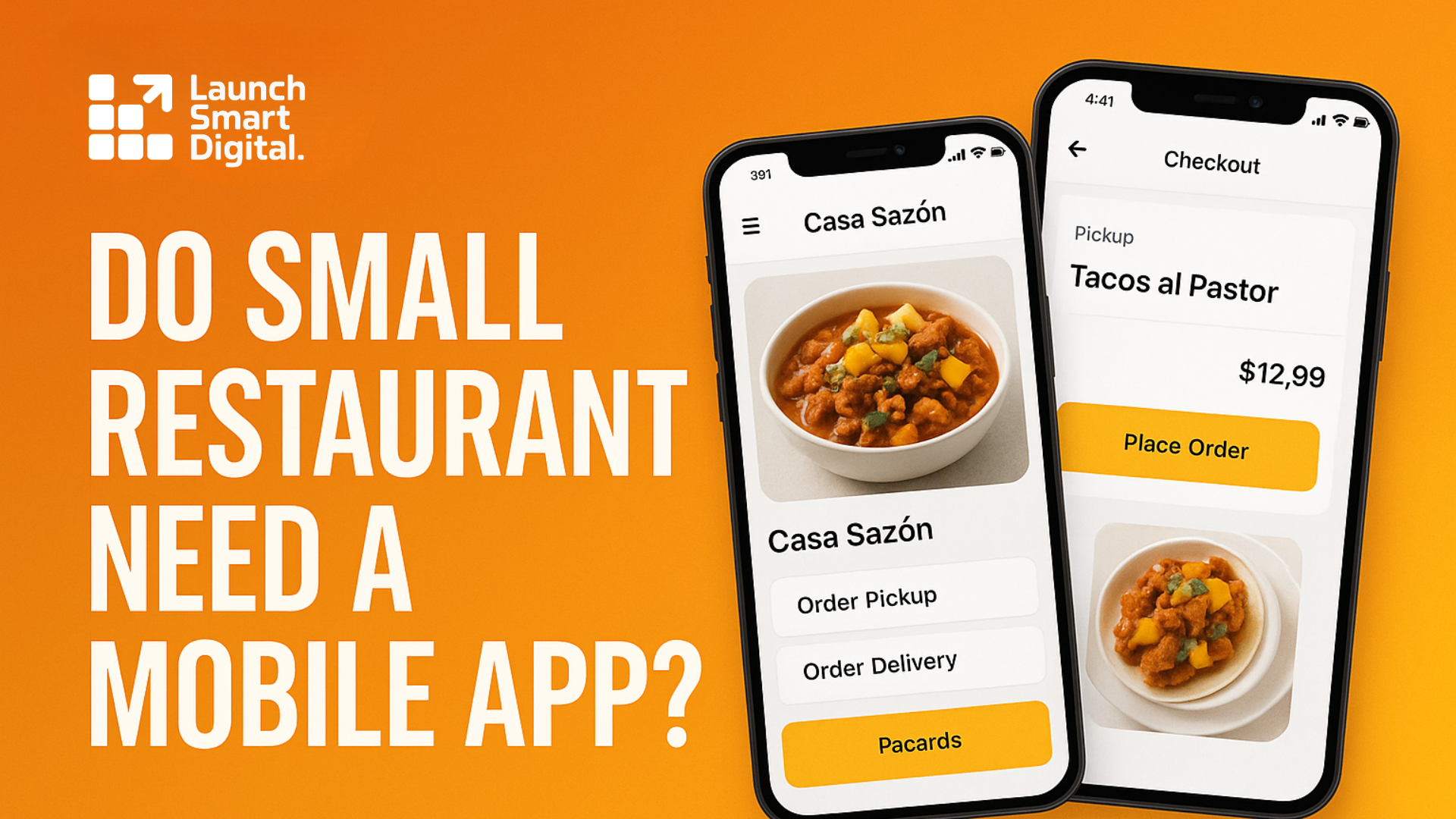Keys to Ecommerce Web Design for Small Businesses

A great ecommerce website is clear, fast, and trustworthy. This guide brings together practical ecommerce web design keys for small businesses—intuitive menus, mobile-ready pages, scannable product content, and visuals that build credibility.
You’ll also find tips for discovery and checkout that reflect strong ecommerce UX/UI and patterns used by the best ecommerce sites. Whether you sell to consumers or B2B buyers, these ideas help you design ecommerce flows that reduce friction and raise conversion. If you want expert execution, an experienced ecommerce web design team can turn these principles into a high-performing storefront.
1) Intuitive menus and clean structure
Visitors arrive with a goal. A short main menu and clear labels reduce effort. A visible search bar and simple filters guide intent. Breadcrumbs and consistent category names maintain orientation. Research on top ecommerce UX shows that fewer choices increase completion and reduce confusion. An experienced ecommerce web designer maps this structure before layout. A sound ecommerce web design plan then keeps names, icons, and microcopy consistent across the site.
2) Fast, mobile-ready pages
Speed is a trust signal. Responsive layouts, compressed images, and minimal scripts lower friction. On mobile, large tap targets and a persistent cart improve control. Keep price, stock status, and delivery info close to the primary action. A quality ecommerce website design agency treats performance as part of ecommerce UX/UI—not a backend afterthought. This is a core practice in our website designwork at Launch Smart Digital, where Core Web Vitals guide planning from day one.
3) Scannable and scalable content
People read in fragments. Short paragraphs, descriptive H2/H3 headings, bullets, and bold labels help the eye. Product pages should present benefits first, then specs, then FAQs. Shipping and returns belong near key actions, not only in the footer. While building ecommerce website content, a template-based model supports growth: uniform blocks for features, reviews, and policies. Leaders among the best ecommerce UX sites keep price, rating, and “Add to Cart” in consistent positions. Our e-commerce design practice applies these content patterns to support long-term scalability.
4) Visuals that build credibility
Photography answers doubts fast. Neutral backgrounds, steady lighting, and multiple angles provide clarity. Zoom and 360° views help careful buyers. Lifestyle images add context without noise. Trust marks—secure payments, guarantees, return windows—belong near the primary button, not far away. Keep brand elements consistent: color, spacing, and typography. A seasoned ecommerce web designer links visuals to a clear identity so ecommerce web design feels stable across pages.
5) Discovery and checkout with less friction
Relevant filters (size, color, price) prevent dead ends. Sorting by popularity, rating, or newest supports different decision styles. Keep forms concise—only required fields appear. Offer guest checkout to avoid forced account creation. Step indicators, upfront shipping costs, and clear error messages reduce anxiety.
A specialist ecommerce website design agency adds reassurance near each action: policy links, support chat, and brief help text. This reflects practical ecommerce UX/UI that lifts completion with subtle, local cues. Teams building ecommerce flows often see quick wins from small A/B tests on button labels, field order, or image size.
6) B2B-ready paths when selling to companies
Business buyers need clear account pricing, quick reorders, and invoice access. Quote requests and PO workflows speed approval. A B2B ecommerce website design agency also supports gated catalogs and role permissions. When one store serves both consumers and companies, signed-in states should reveal the right menus and prices without confusion. Launch Smart Digital applies these patterns in B2B builds, pairing policy control with a simple, consistent interface.
7) Cross-channel consistency: web and app
Frequent customers value an app for reorders, status updates, and loyalty. Consistent patterns across web and app reduce learning time by keeping icons, navigation, and spacing the same. A shared design system also lowers maintenance. For teams planning this step, explore App Design.
For commerce-heavy use cases, the Mobile App Design approach ensures checkout and account tasks stay fast and intuitive on small screens.
8) Analytics and continuous refinement
Clear goals guide improvement: add-to-cart rate, checkout completion, and time-to-buy. Heatmaps and lightweight session recordings highlight friction points. Use those insights to adjust content placement and layout. This cycle reflects web design ecommerce best practice: research → small design updates → measurement. A mature ecommerce website design agency treats this as ongoing UX care, not a one-time launch.
How Launch Smart Digital supports these keys
Our role is focused support inside your flow—not noise around it. Navigation and content systems align with your catalog. Speed and mobile polish follow Core Web Vitals. Visual identity stays consistent through a shared UI kit. For a small store that needs momentum, our E-Commerce Design service delivers a clean build and a roadmap for growth; broader needs live in Services. A short note on goals starts the process on the contact page.




